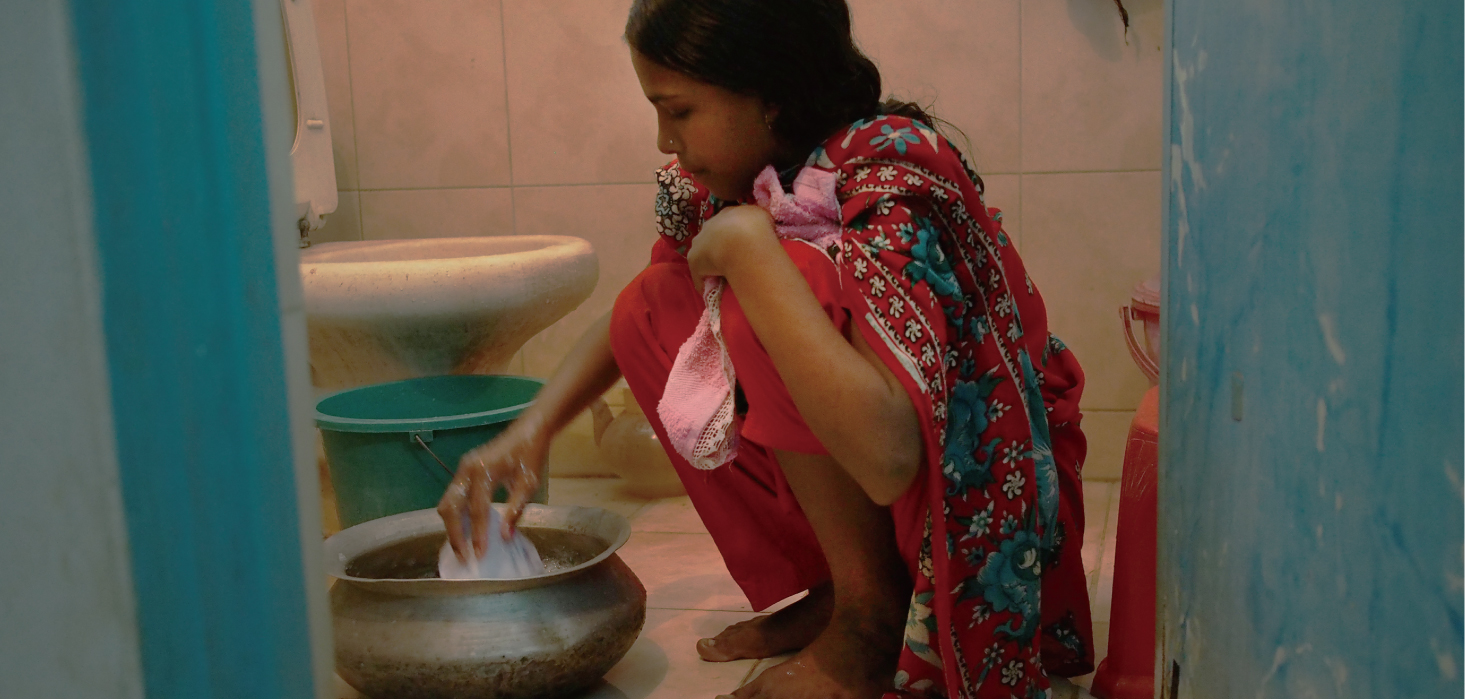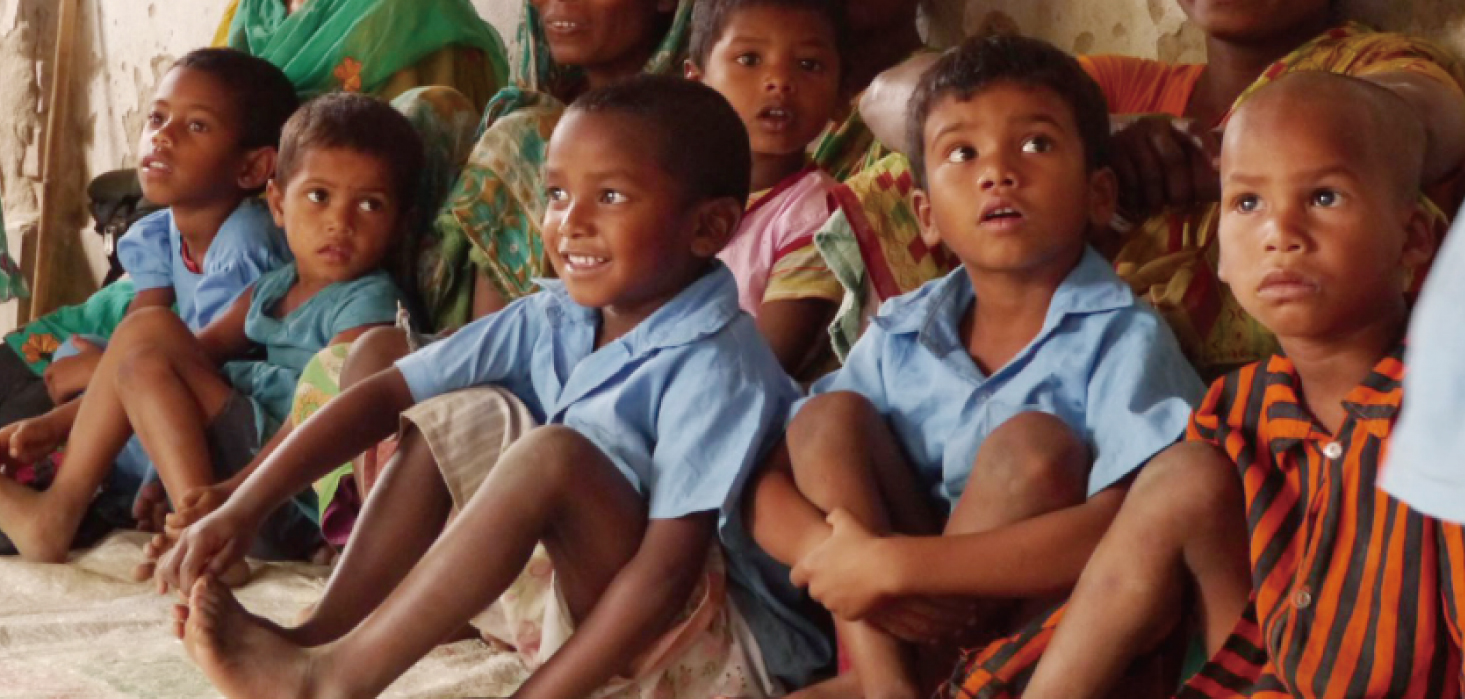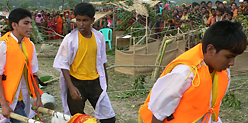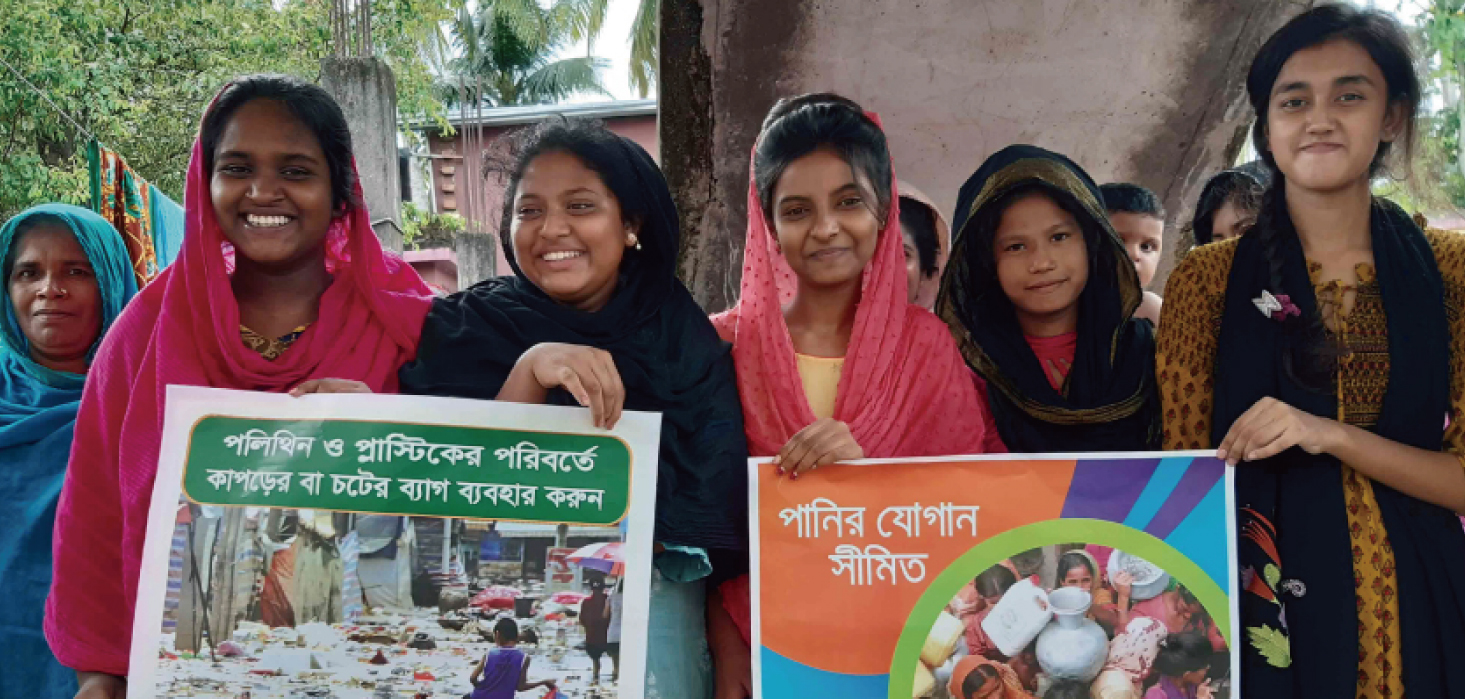About South Asia & Our Projects
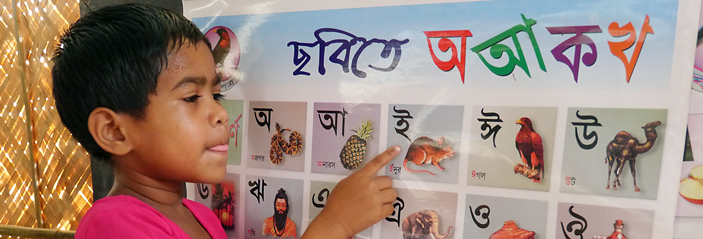
Bangladesh and Nepal are part of the South Asian region that holds 1/5th of the world population. Those who are under absolute poverty, where it is difficult to attain every day food, are 40 % of the population, numbering 500 million people, the world’s largest poverty population.
Those who live under these conditions cannot access safe drinking water, sanitary facilities, or basic health services, making them vulnerable to dangers to their health and nutrition.
At the same time, there are many children who cannot go to school due to poverty, often making them estranged from society, creating a vicious cycle of poverty lasting into the next generation.
In recent years, rapid urbanization and economic development have enlarged the gap between the rich and poor, bringing to the surface the existence of “the forgotten people”, those who have not received assistance, despite their great need.
Bangladesh
Bangladesh is a country that separated from Pakistan in 1971 to become an independent nation. It is about 40% of the land size of Japan (about the size of Hokkaido, Shikoku and Kyushu put together), and about 160 million people live here, making it one of the world’s most densely populated countries.
In Bangladesh, the year can be divided into wet season and dry season, where during the wet season, about half of the land space is covered with water. The soil is very rich, and has good rice production. However, besides agriculture, there really is no other industry. Coupled with flooding and other natural disasters that happen often, the country is suffering economically.
About 70% of Bangladesh’ population live in rural areas, continuing to live traditional lives. The serious problem here is that though many of the villagers are farmers, they do not own their own land, and such landless farmers are about 60% of the rural population. Under these conditions, in Bangladesh, many NGOs are directly working with these poor farmers, trying to find solutions to problems that arise from their daily lives.
In Dhaka, the capital city of Bangladesh, there are over 330,000 children who move away from their parents and live on the streets (street children). Children make a living doing physical labor, such as selling goods, collecting garbage, or carrying loads. They are often forced to work with low pay, and are constantly facing difficultly and danger living under unhygienic conditions.
Nepal
Nepal is situated north of the Indian subcontinent, and on its north lies Tibet with the Himalayan mountains in between, while in the three other directions, east, west, and south, Nepal borders with India. 29 million people live in the land space of 40% of Japan (about the size of Hokkaido, Shikoku and Kyushu put together). Nepal divides its year into wet season and dry season, and geographically, it has three distinct regions; the northern mountain region, the central hill region, and the southern Terai plains. Looking at numbers such as literacy rate, average life expectancy, and per capita Gross National Product (GNP), Nepal is one of the poorest nations in the world, alongside Bangladesh.
Nepal is an agricultural country, with 90% or so of Nepal’s workforce engaged in agriculture. Yet with low rates of irrigation, agriculture is dependent upon weather, therefore keeping the yields low. Ethnically, it is a complex multi-ethnic nation, being the contact point of Indian, Tibetan, and Mongolian people, and as with India, the caste system is still deeply rooted.
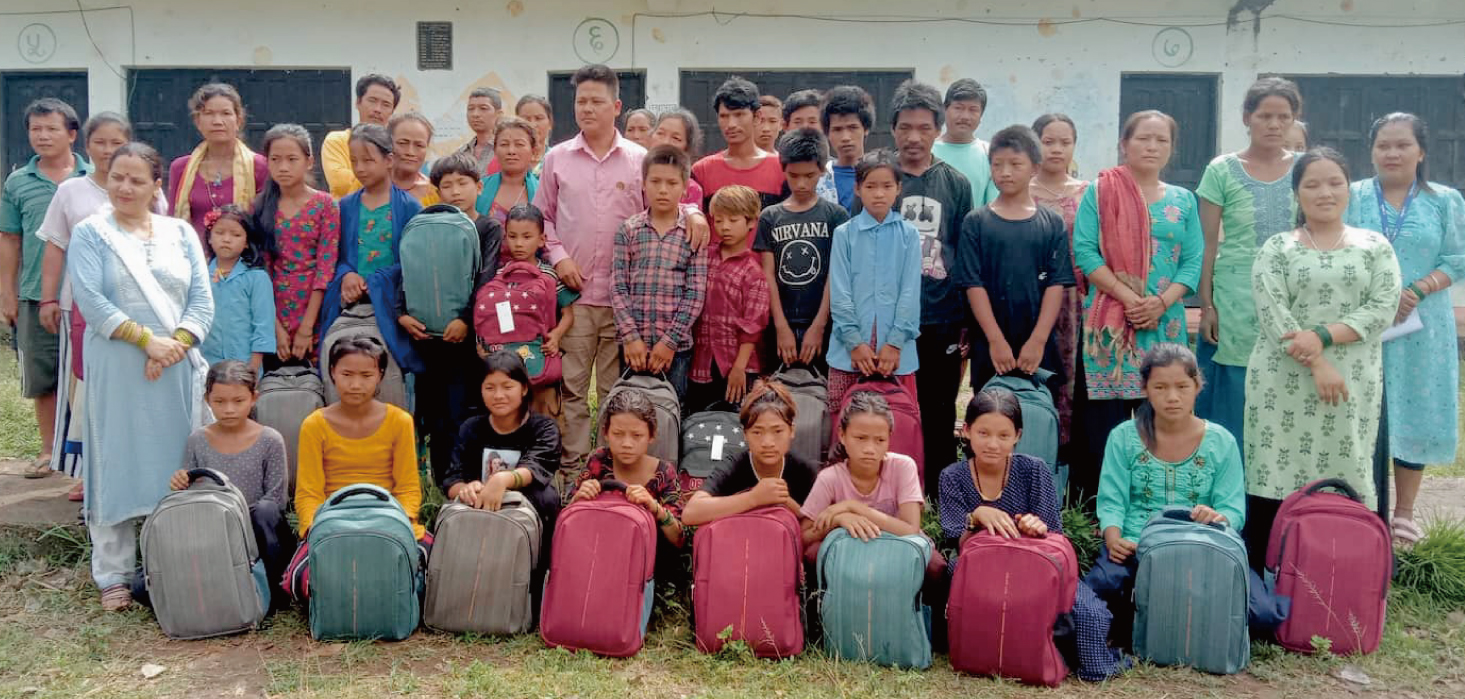
Support for child labour reduction in rural areas
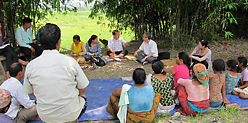
Community disaster risk reduction in flood prone regions

